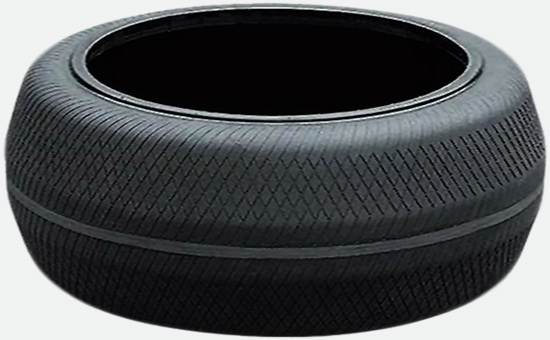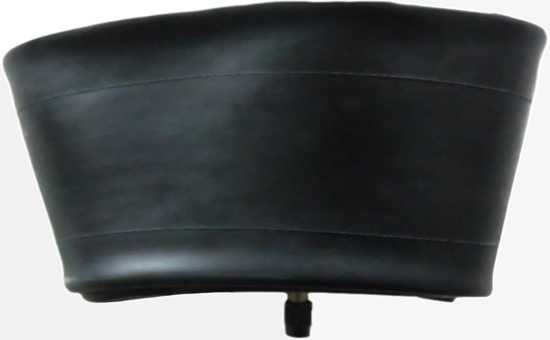
Chlorinated butyl reclaimed rubber is a kind of recycled rubber processed from medical butyl bottle stoppers, which has good air tightness, heat resistance, flex resistance and chemical stability, and can be used alone or in combination with butyl rubber and chlorinated butyl rubber to produce automobile and motorcycle inner tubes, damping and shock absorbers, sealing rings, rubber plates, fenders, sealing strips and other products to reduce the cost of raw materials. When using chlorobutyl reclaimed rubber to produce different varieties of rubber products, it is necessary to choose the appropriate vulcanization system according to the actual needs.
This article mainly shares with you the commonly used vulcanization system and vulcanized rubber characteristics of chlorinated butyl reclaimed rubber.
1. Sulfur vulcanization system
The sulfur-accelerator system is one of the commonly used vulcanization systems for chlorinated butyl reclaimed rubber, the vulcanization speed is faster than that of diene rubber, and the tensile strength of vulcanized rubber is large, but the heat resistance, ozone resistance and flexural resistance are poor, and the vulcanization system composed of sulfur-thiuram accelerator and sulfur-thiazole accelerator is more common.

2. Metal oxide vulcanization system
Zinc oxide can react with halogens in chlorobutyl reclaimed rubber and chlorobutyl rubber to form a stable cross-linked structure and improve the heat resistance of vulcanized rubber. The zinc oxide vulcanization system is generally composed of zinc oxide, magnesium oxide and stearic acid. Zinc oxide vulcanization alone has a lower vulcanization rate, and stearic acid can adjust its vulcanization rate and scorch time.
3. Resin vulcanization system

Chlorinated butyl reclaimed rubber can also choose resin vulcanization system, vulcanization to form carbon-carbon cross-linking, vulcanization speed, full cross-linking, vulcanized rubber has a large fixed tensile stress, ozone resistance, flex resistance, compression deformation resistance is good, but vulcanized rubber elongation is low, tear strength is poor. The scorching safety of resin vulcanized vulcanized rubber E4LYY19 is poor, and it is recommended to use magnesium oxide in an appropriate amount. The resin can also be used in conjunction with accelerators to improve the aging resistance and tear resistance of chlorobutyl reclaimed rubber vulcanized rubber; The combination of resin and sulfur can improve the tensile strength, tear strength, elongation and compression set of vulcanized rubber after aging.
4. Quinone oxime vulcanization system

Compared with the sulfur vulcanization system, the compression set of the vulcanized rubber of the quinone oxime vulcanization system is small, but the strength is low and the scorching safety is poor. The commonly used quinone oxime vulcanizing agents in the chlorinated butyl reclaimed gum quinone oxime vulcanization system are p-quinone oxime and p-dibenzoylbenzoquinone dixime.
Chlorobutyl reclaimed rubber can also use peroxide vulcanization system or amine vulcanization system, and we will continue to share with you the design points of vulcanization system and the proportion of vulcanizing agent and accelerator in different rubber products.
Exclusive original article [commercial authorization] reprint, excerpt and excerpt in any form are prohibited without written authorization. Focus on Hongyun rubber: learn the process formula and raw material technology of producing rubber products from recycled rubber to help you reduce costs and increase profits